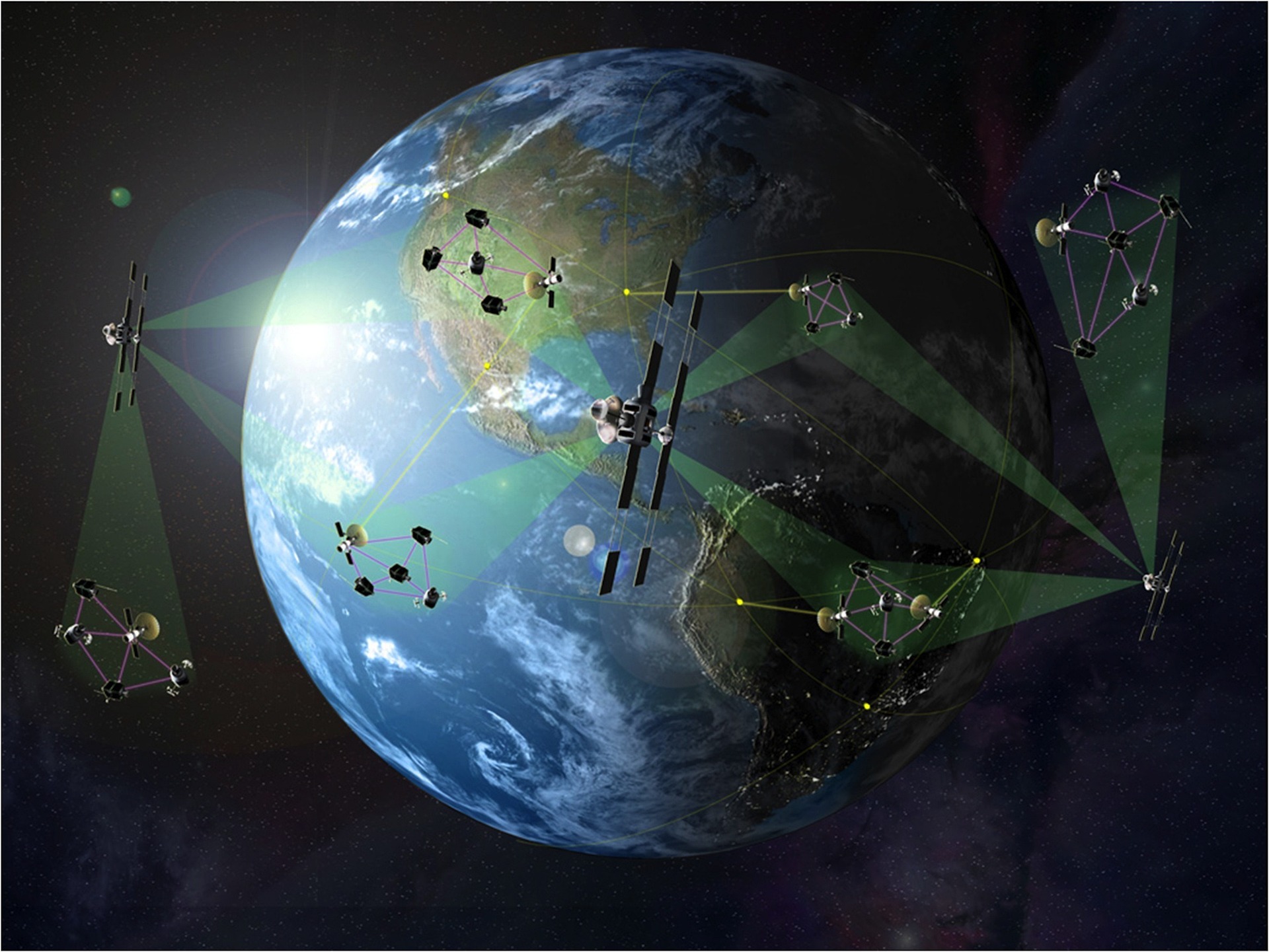Written by Dr Peter J. Christopher, Chief Scientist of Exobotics
Space has been in the news a lot recently. Between the launch of the James-Webb space telescope, Ukraine using StarLink for communication in war-torn areas, environmental impacts being monitored using Maxar image data, Japan’s iSpace successfully reaching the moon in preparation for a landing, and NASA’s renewed commitment to land the first woman and person of colour on the moon by 2030.
Despite headline-grabbing developments, a recent and lesser-known event has the potential to revolutionise the world of telecommunications. This is the advent of TBIRD.
In December 2022, NASA’s TBIRD mission accomplished a truly remarkable feat by demonstrating a 100 Gbps data link from a satellite the size of a CubeSat using line of sight laser comms. This achievement is even more impressive since the data was transmitted to a ground station in California, rather than between two satellites in space. While StarLink 2.0 satellites also use laser-based inter-satellite communications, NASA’s system has the advantage of penetrating through the atmosphere and maintaining a speed that rivals terrestrial fibre, all at a lower cost. As the technology advances, the data rate is expected to increase exponentially.
Laser communications, also known as free-space optical communication (FSO), use an electrically modulated laser beam to carry a data stream between two points. Compared to current ka/ku band radio systems, they are highly directional and do not interfere with other transmissions or use valuable space on the radio spectrum. They also have lower hardware costs, produce fewer carbon emissions, and offer point-to-point security. Combining satellite-satellite with ground-satellite links can lead to the development of superior positioning systems and greater communications uptime and reliability, which could outperform GPS technology.
The most immediate benefit that laser-based communications satellites can bring to the telecom industry is cost reduction. For instance, Google’s new Durant transatlantic cable costs hundreds of millions of pounds to connect only two points, whereas free-space laser-based communication systems have the potential to offer global coverage at a much lower cost while maintaining the speed of terrestrial fibre connections. Durant has a higher bandwidth at roughly 250 Tbps due to using wavelength multiplexing, but this is an approach that laser comms are also likely to soon exploit.
Like their fibre counterparts, laser-based satellite systems have the potential to operate hundreds or thousands of wavelengths simultaneously, which can provide high point-to-point speeds while also offering the flexibility and robustness of a satellite constellation. By contrast, StarLink can only operate a few radios per satellite without causing interference, which is why they operate in chains.
However, there are still many challenges and risks associated with this extremely early-stage technology. For example, there are serious research questions about how wavelength multiplexing will work in dynamic atmospheric environments or what kind of light sources will be suitable for the available power budget and space environment of satellites. Additionally, there are political and ethical questions about how to regulate and protect users of these systems.
Overall, this breakthrough has the potential to revolutionise the world of communications. It could make it possible for people to access high-speed internet in remote areas without the need for expensive fibre connections. It could also improve communication during disasters and enable high-speed Wi-Fi on transatlantic flights. While this technology is still in its early stages, if TBIRD’s success can be replicated repeatably, it could mean an unprecedented shake up of terrestrial fibre as we know it.
The development of laser communication technology for satellite internet and telecommunications raises important ethical and political questions. Governments will need to consider how to regulate a connection that is primarily facilitated by a small, rooftop-mounted box outside their jurisdiction. Additionally, there will be a need to limit the use of the technology from potential abuse or exploitation by bad actors such as terrorist groups.
These are very real questions that we have only begun to scratch the surface of. Organisations are already exploring these opportunities and challenges, and the true breakthrough may come with StarLink 3.0 or a yet to be seen competitor.
Laser comms won’t replace cellular wireless networks like 6G. The requirement for line of sight means that laser comms are not suitable for large numbers of lower data rate links. For example, in the context of festivals like say, burning man, the event organisers might bring a laser unit for a highspeed connection to the wider network and supported by a local wireless base station.
In fact, the two technologies of laser communications and 6G are likely to be complementary with laser comms providing the backbone of a resilient network and 6G providing the “last mile” connection with consumers. Not unlike current 4G and 5G systems, just with the terrestrial electrical and optical links between base stations replaced with line-of-sight laser links.
Clearly there are some serious research questions to be answered but, given its success, this technology has the potential to lead the way in a new communications revolution.
Peter is an Assistant Professor at the University of Nottingham with interests in all things optics and space. He is also a Research Fellow at Emmanuel College; a Fellow of the IMechE and co-founder of spin-out companies Exobotics, ProSpectral and Nanomation. He has previously been an entrepreneur, software engineer and civil engineer.
Long time reader, first time contributor. Love technology and the great outdoors. Looking forward to discussing everything beyond 5G and the future of wireless technology!





